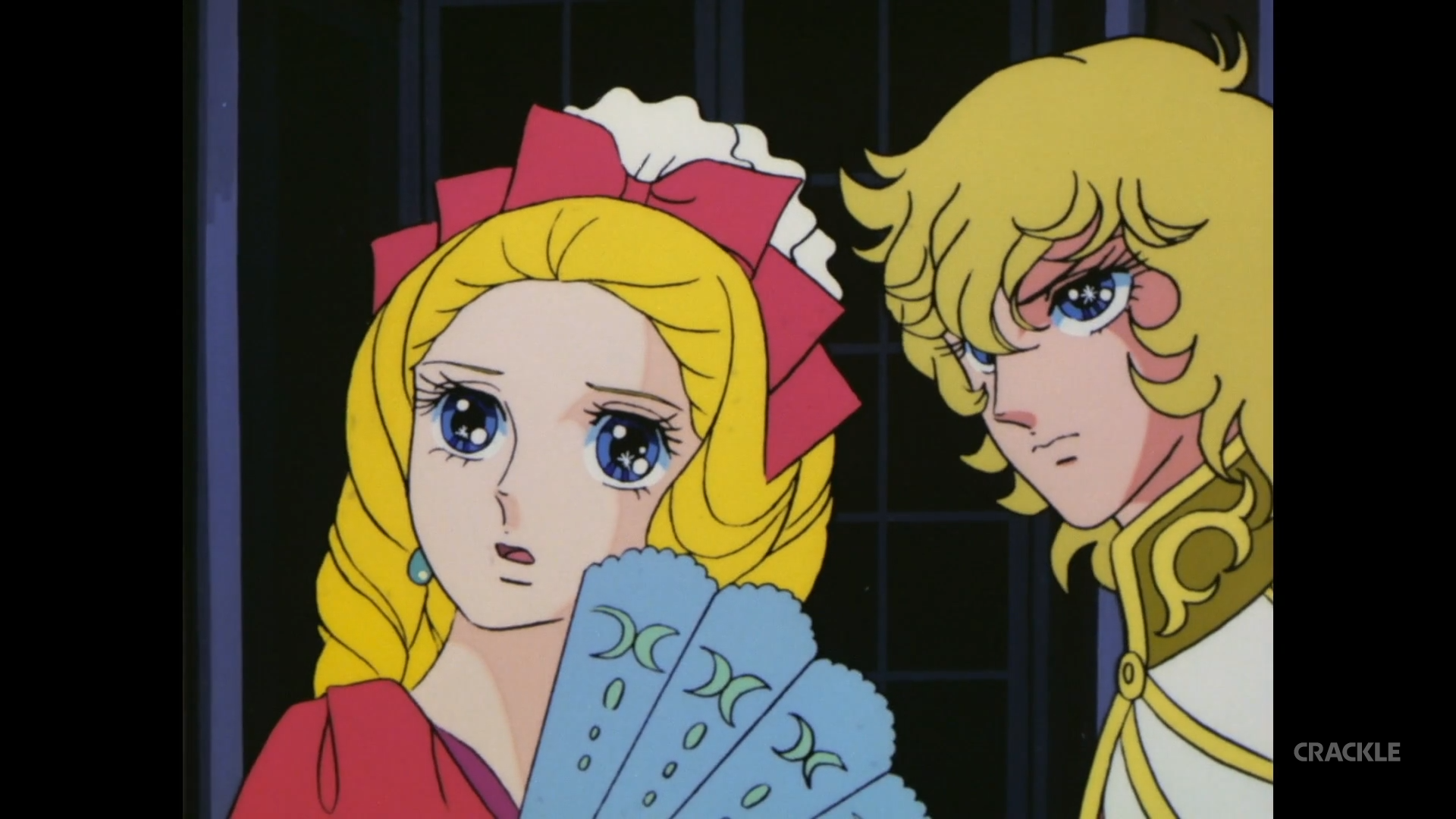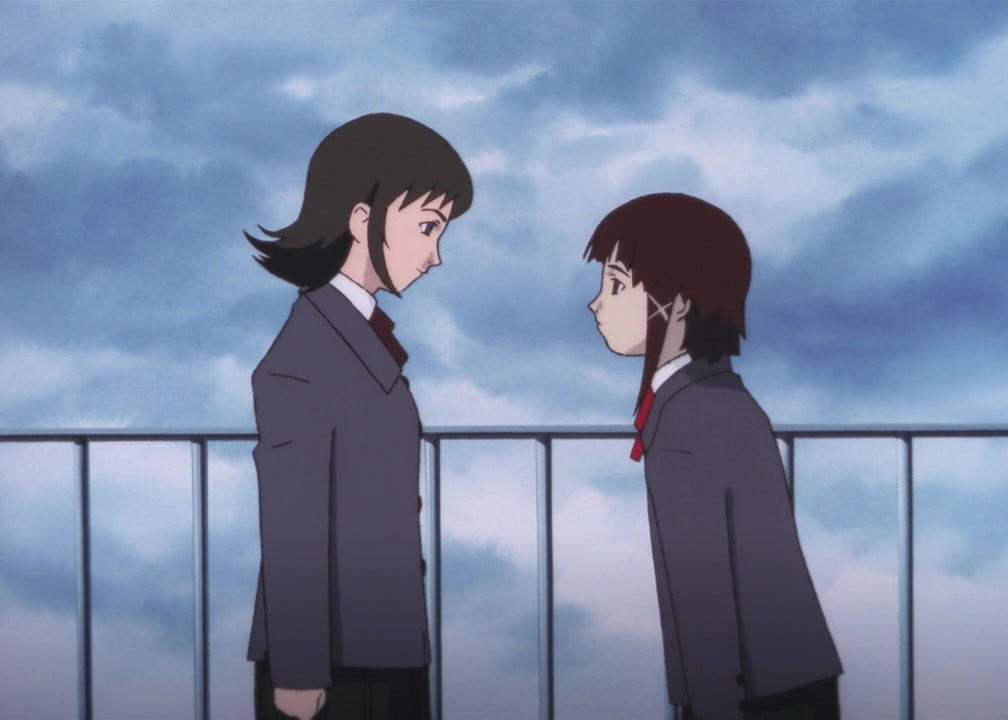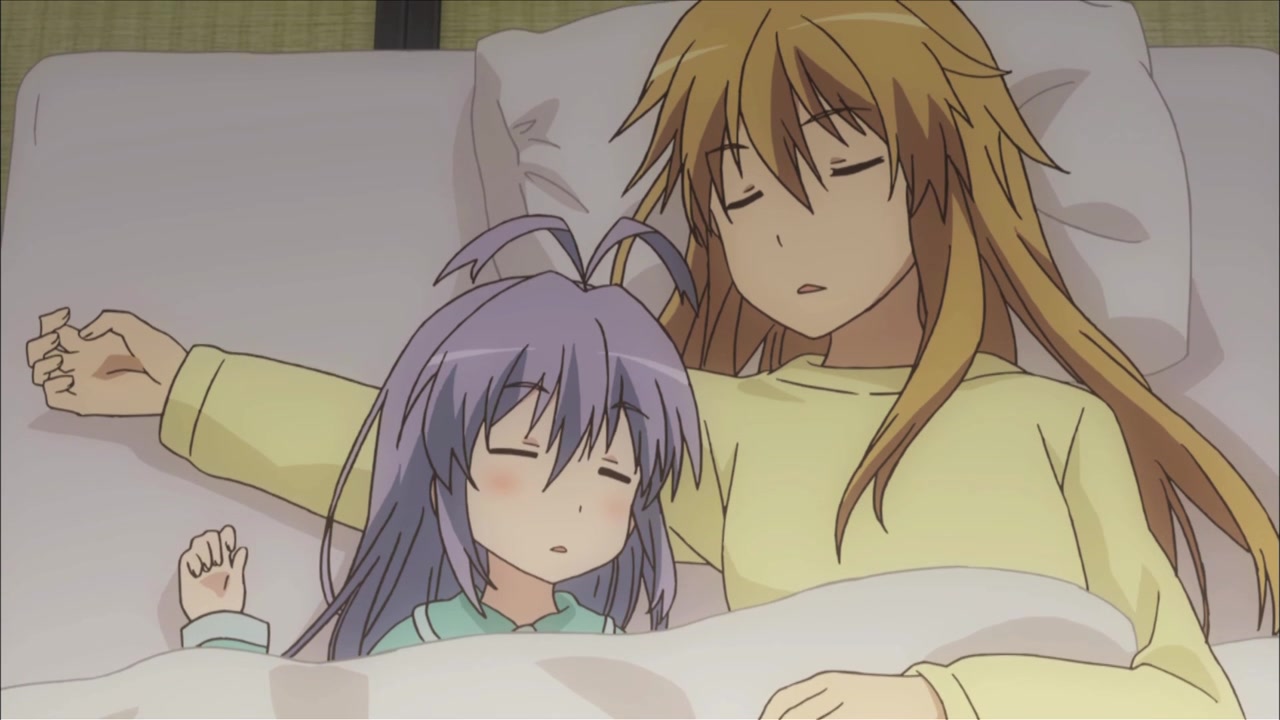
Anime has a strong and peculiar obsession with friendship, often depicting it as something that gives us strength — quite literally, as anyone familiar with the infamous “power of friendship” trope would know. The display of camaraderie and unity between such iconic characters as Naruto and Sasuke or Gon and Killua is enough to warm the hearts of even the most hardened of viewers.
As with most things involving the anime community, however, there is an imbalance. Note that the overwhelming majority of popular anime friendships, such as the examples listed above, are male. Of course, this is a direct consequence of the fact that a lot of older popular anime was male-targeted. In these anime, a woman’s most important relationship is likely to be her bond with the (male) protagonist, whether romantic or platonic; her connection to other women (if present) is unlikely to be explored in any depth. One might ask whether all of this is even important. Surely friendship is a universal experience independent of gender? Well, as it turns out, it’s not. Friendships between women are, qualitatively and quantitatively, different from those between men. It is important for these differences to be represented, celebrated even.
Thankfully, there are plenty of great anime that depict close friendships between women. While many of these are low-conflict relationships between compatible people, that’s not always the case. Sometimes, there are significant barriers to overcome. But hey, the “power of friendship” conquers all, am I right?
Female Friendship Transcends Personality (Laid-Back Camp)

Rin loves camping. Alone. To her, it is an activity that allows her to appreciate solitude. Nadeshiko loves… a lot of things, most notably food. After a chance encounter with Rin, Nadeshiko takes up camping too. While this may look like just your run-of-the-mill “opposites bond over a shared interest” plot, Laid-Back Camp is a classic example of how execution matters more than concept. A lesser show would’ve had Rin become more outgoing after spending time camping with the cheery Nadeshiko and portrayed it as “positive character development.” Instead, Laid-Back Camp celebrates the differences in personality between its two leads and how their friendship works so well in spite of these differences.
RELATED: Laid-Back Camp the Movie’s Glowing Message of Rekindling Your Passions
It’s all down to respect. Nadeshiko respects Rin’s introversion and her personal space while still maintaining emotional intimacy with her. The show’s writers respect Rin too and devote entire arcs to her solo camping trips — something she continues doing even after discovering the joys of camping with Nadeshiko and friends. The way both characters stay true to their core even after all the subtle growth they have undergone after meeting each other is a refreshing change from all the fictional depictions of people who change their entire personalities for someone else.
Female Friendship Transcends Age (Non Non Biyori)
Non Non Biyori, an anime about the daily lives of a group of girls in the heart of rural Japan, features several interesting character pairings I could talk about. However, there is one that stands out for how unusual it is. Renge is a precocious first-grader, defined by her curious (in every sense of that word) nature. Kaede is the local candy store owner, known to everyone as Dagashiya (literally “candy store”), a jaded young adult struggling with money and direction in life. The two couldn’t be more dissimilar. Despite this, they are close friends.
RELATED: The Lessons I Learned From Renge That Changed My Life
Whenever Renge finds or experiences something interesting, one of her first objectives is to ensure Dagashiya hears of it. She invites her to play games as she would someone of her own age and is attached to her in a way she isn’t even with her own family. Similarly, the normally distant Dagashiya has a soft corner for Renge. She keeps thinking of ways to make Renge happy, often in the form of gifts, and is constantly concerned about what Renge thinks of her, trying her best to project a “good” image. This is not a case of a grown-up humoring a child out of a feeling of responsibility. She never adopts a patronizing tone or talks down to Renge. With each other, they are honest, open, and warm, like Non Non Biyori itself.
Female Friendship Transcends Social Status (The Rose of Versailles)

Image via Crackle
Now for a timeless classic! A fictionalized account of the events leading up to the French Revolution, The Rose of Versailles follows the contrasting fortunes of its two principal characters: the dashing, gender-non-conforming Oscar (an entirely fictional character) and the ingenuous, ultimately tragic Marie Antoinette (the real-life Queen of France). The series’ events kick off with Oscar being appointed commander of the Royal Guard at the Palace of Versailles, serving directly under Antoinette.
RELATED: The Rose of Versailles Gets Movie to Celebrate 50th Anniversary
Oscar is initially unenthused about the idea of playing bodyguard to the princess, but she eventually warms up to her, her feelings toward Antoinette shifting over time from loyalty and admiration to fierce friendship. Likewise, Antoinette finds in Oscar a close confidante, appreciating her clarity and sincerity in an environment filled with sycophancy and deception. In spite of her sheltered royal upbringing, at no point does Antoinette consider Oscar to be someone beneath her; at several points in the series, Antoinette values the words of Oscar over those of higher-ranked nobles. Even in her final moments, marred by disgrace, her memories of Oscar endure and serve to redeem her somewhat. Such is the power of their friendship.
Female Friendship Transcends Reality (Serial Experiments Lain)

Serial Experiments Lain follows the titular Lain, a middle school girl who sinks deeper and deeper into an internet-like communication network called the Wired, learning more about it and herself. Most analyses of the show focus on its exploration of identity and commentary on the internet. Few talk about an aspect of the show that deeply affected me: Lain’s relationship with Alice, her classmate and (only) friend. This friendship is a rare spot of heartwarming humanity amidst all the bleakness. Alice is a genuinely nice person who truly cares for the painfully withdrawn Lain. It is Alice’s care and compassion that grounds Lain in physical reality, even as her sense of self keeps fragmenting and slipping away into the virtual. We see this in the penultimate episode, where Alice reaffirms her belief in Lain’s humanity even as Lain informs her of the “truth.”
RELATED: New Serial Experiments Lain Merch Invites You to Hang Out in Cyberia
It’s not one-sided, though. She may not show it, or even understand it, but Lain cares for Alice too. Her radical actions in the final episode, in which she commits the ultimate act of selflessness (pun intended), were all for the sake of Alice. Even though she can never go back to the way things were with Alice, their friendship endures, albeit in a form independent of existence and reality.
Female Friendship Transcends Everything (Revue Starlight)

Image via HIDIVE
Fictional characters become friends because that’s what their writers intend. They are brought together through a combination of complementary traits and engineered scenarios. But what if the writers were, in fact, trying to keep them apart, to end it all in tragedy? Would the “power of friendship” still prevail? Revue Starlight follows the lives of students at an elite all-girls musical theater academy. There is, however, a twist to this setup, which results in the bonds between these girls being tested to the limits, straining beneath the weight of professional rivalry.
I want to focus on the main duo of Karen and Hikari. Close childhood friends who were separated for years, their lives are thrown into chaos after Hikari transfers to Karen’s academy — except she is no longer the Hikari that Karen knew. Or is she? Slowly, the two work through their issues of trust, communication, and the external forces that threaten to break them apart. There are many layers to the latter. The “Top Star” system of their theater world stands in the way of their dream to stand on stage together as equals. The story-within-a-story — a play about the tragic parting of two star-crossed friends — suggests that their bond is not to be. From beyond the fourth wall, we have narrative conventions that call for a tragic ending, for various reasons.
Faced with all this, what do Karen and Hikari do? They reject it all. They show how extreme competitiveness is toxic, how close bonds with potential “rivals” strengthen rather than weaken us, how beloved classics and their harmful tropes need to be viewed through a critical lens, how defying conventions leads to artistic progress, and how there’s nothing wrong with happy endings. No amount of “tradition” was ever going to get in the way of their friendship and their shared dream. It’s a lot to take in, but…I understand.
Who are your favorite girl BFFs from anime? Let me know in the comments below!
Source: Latest in Anime News by Crunchyroll!


Comments
Post a Comment